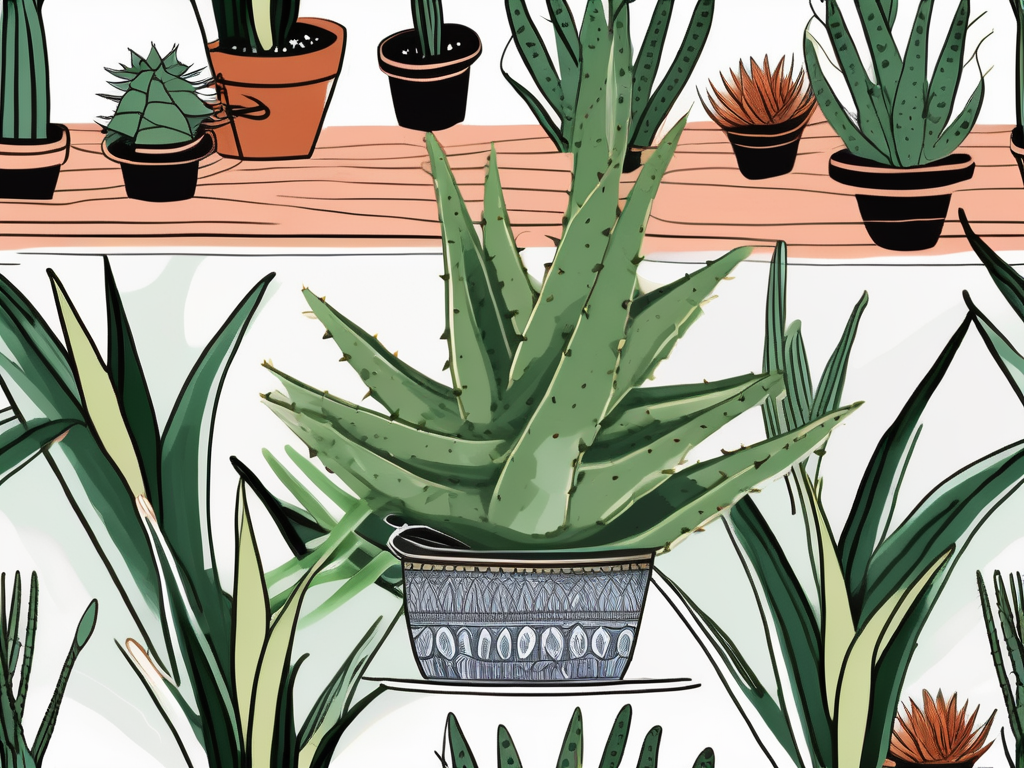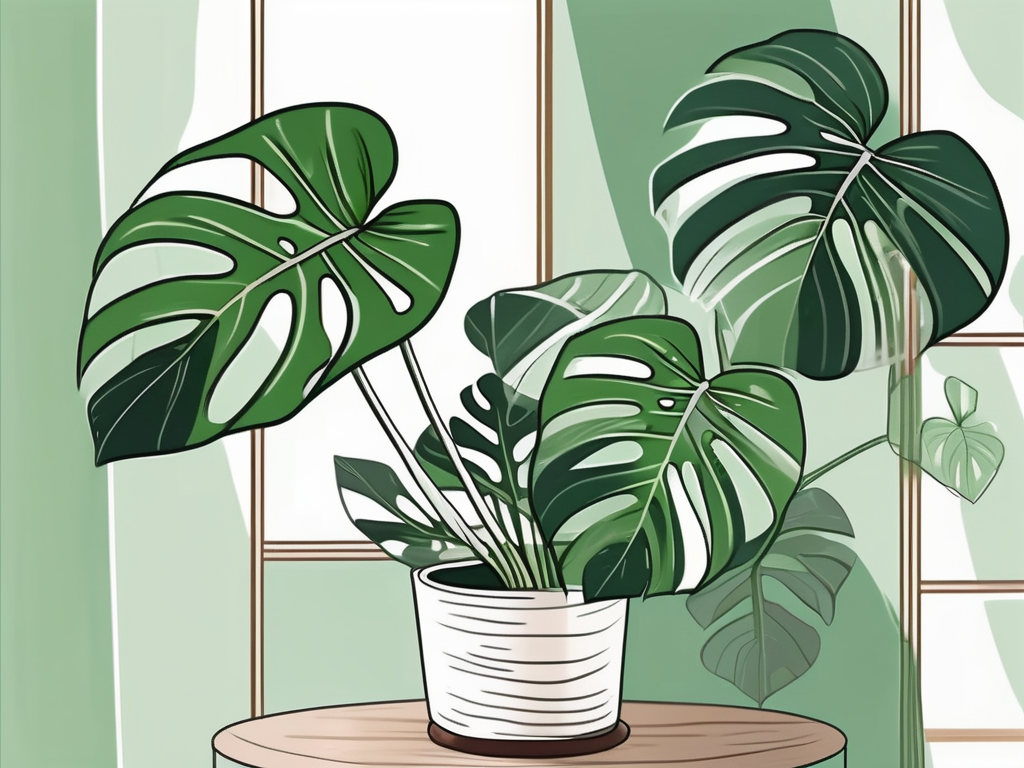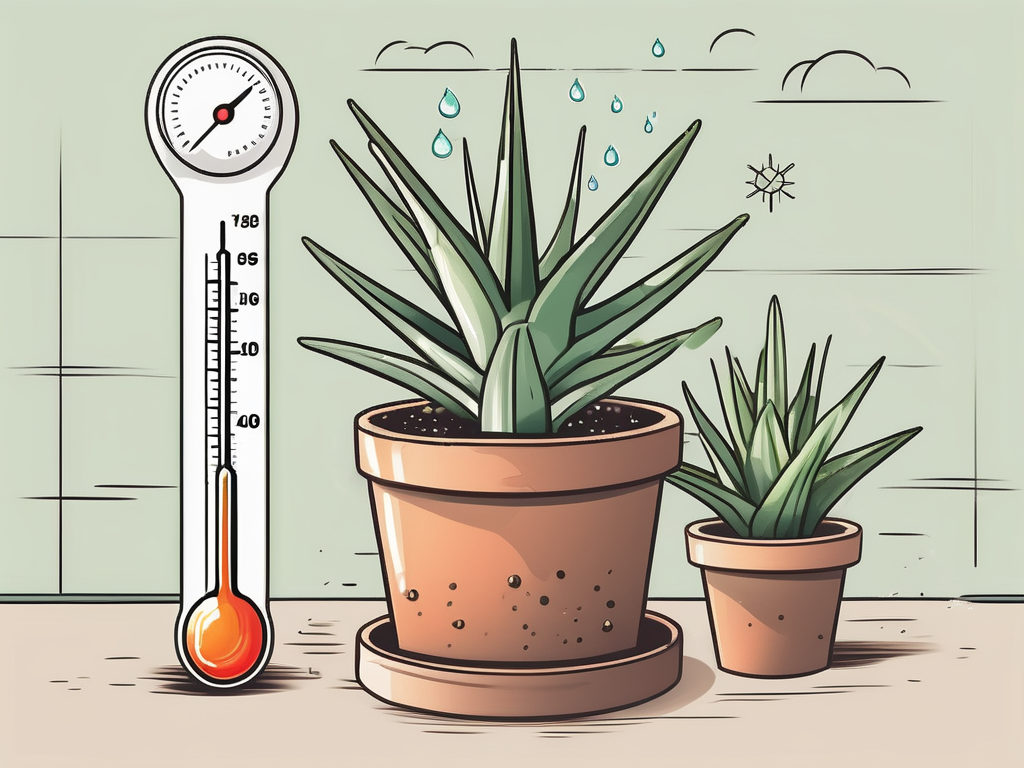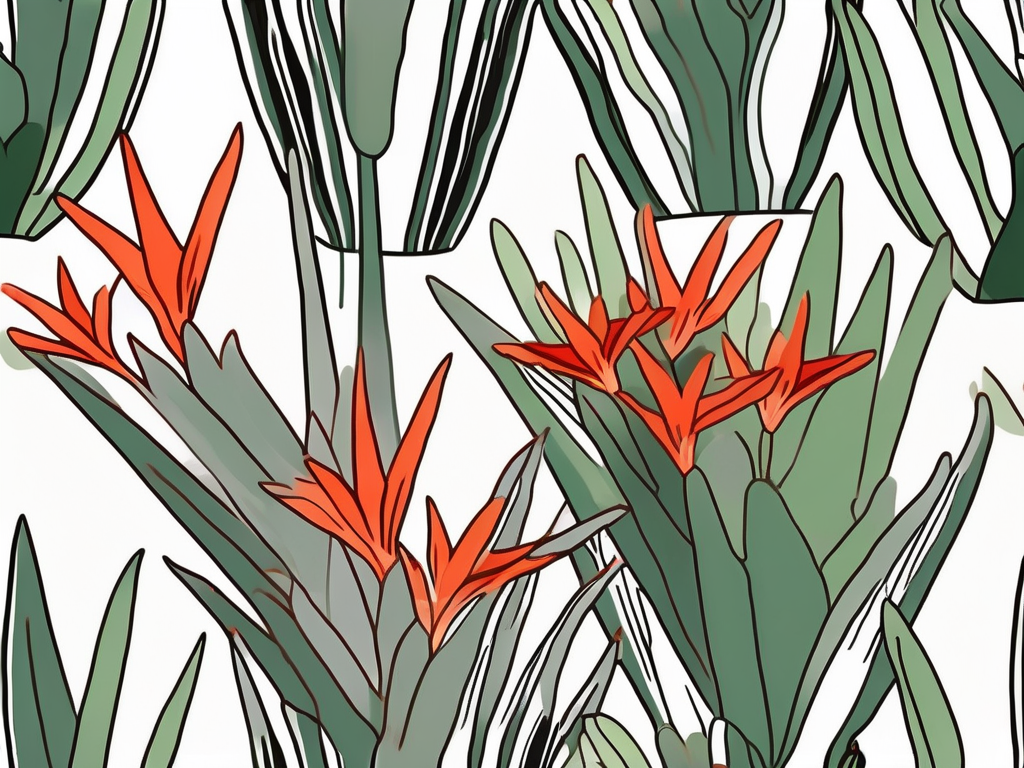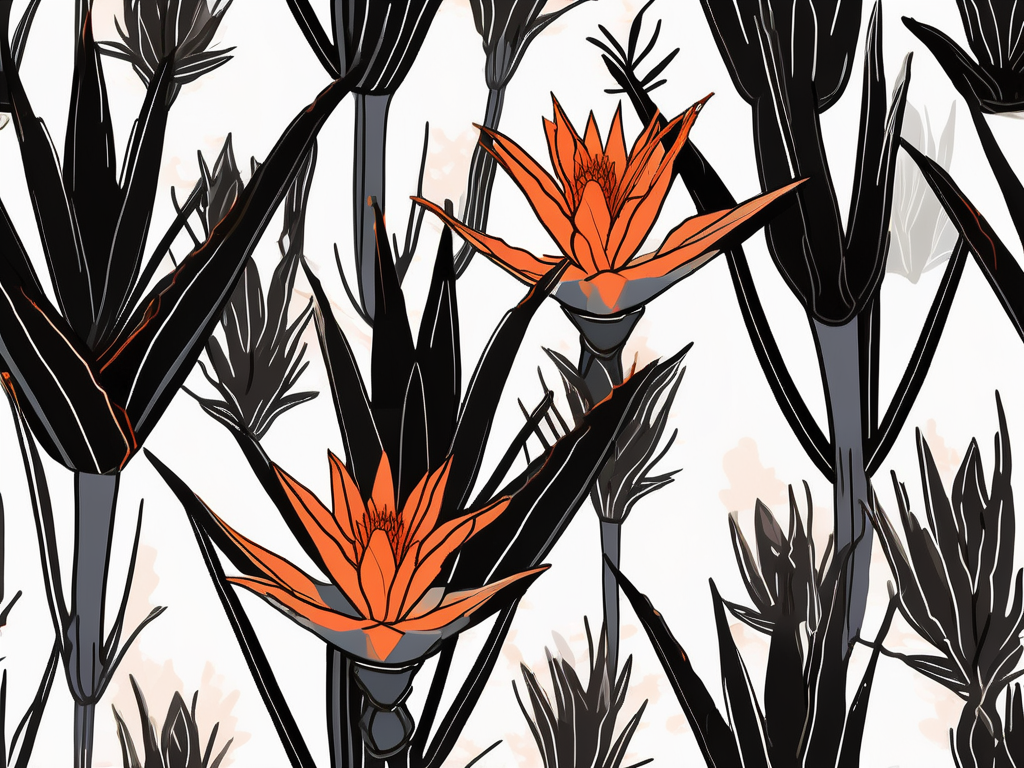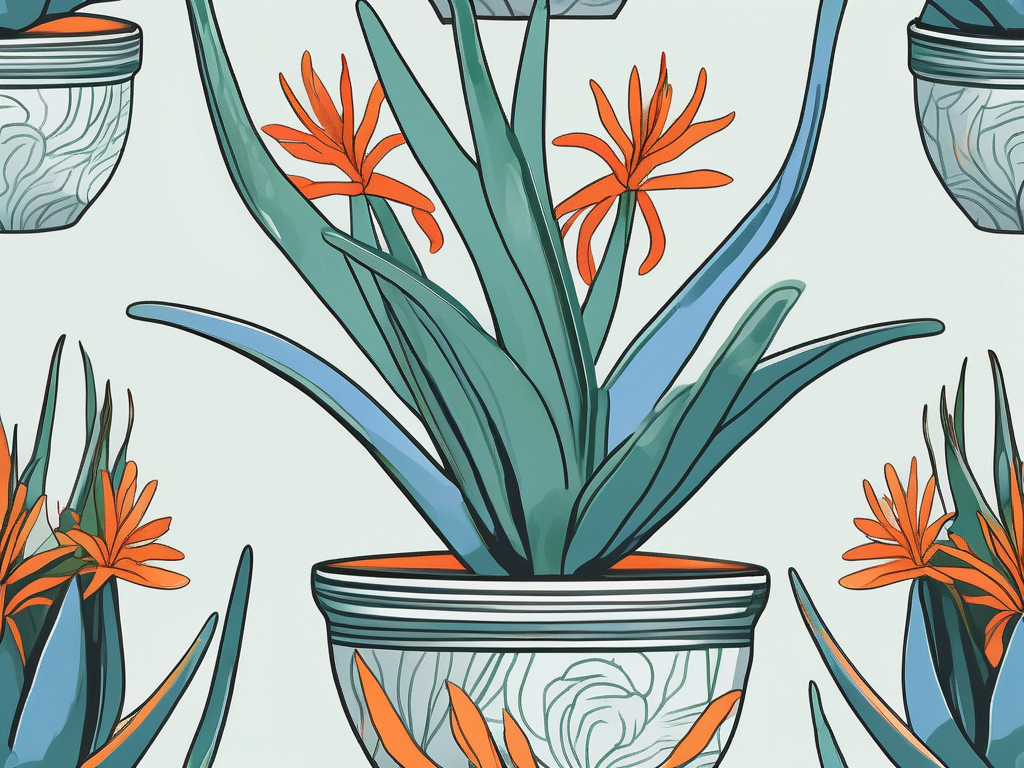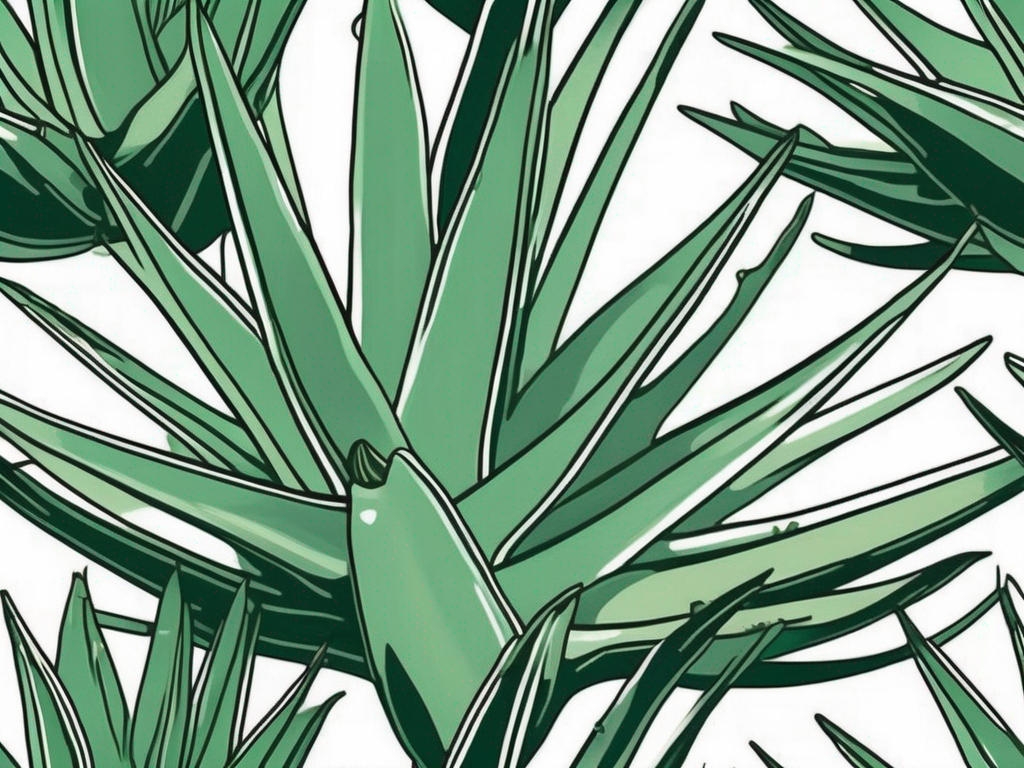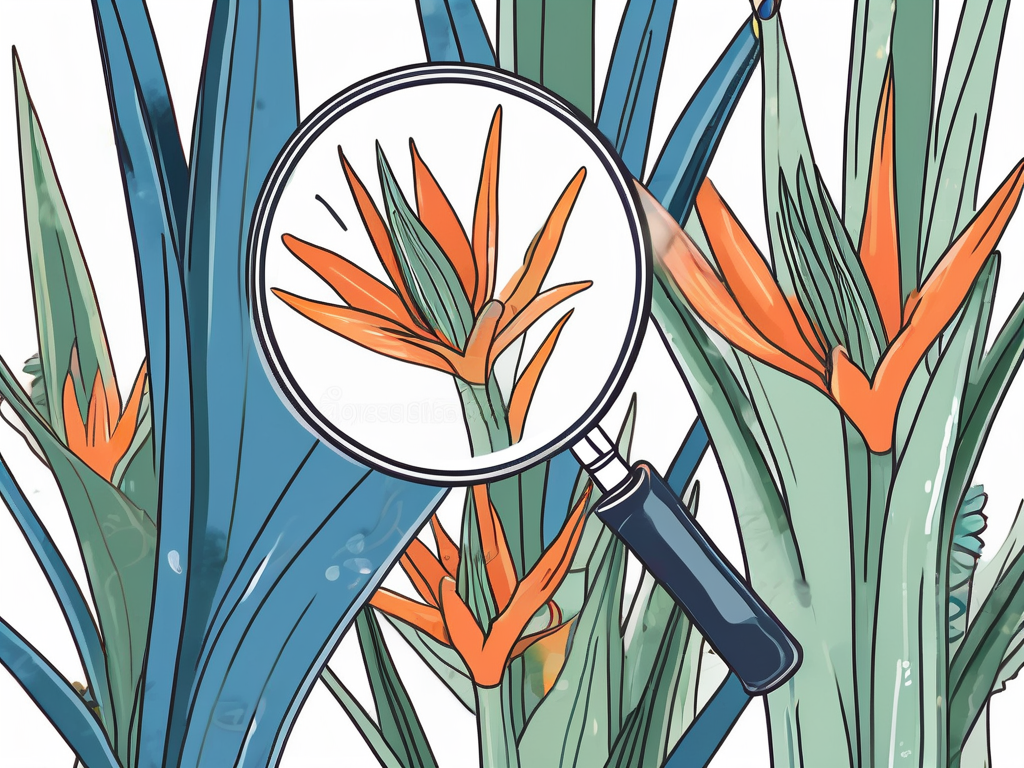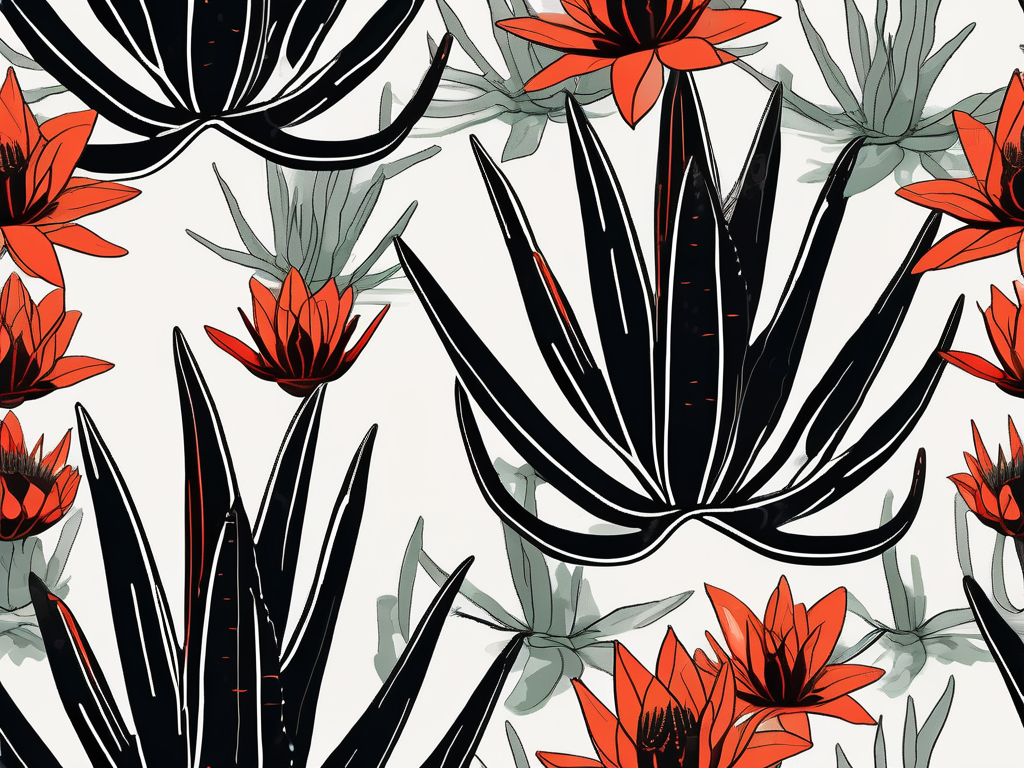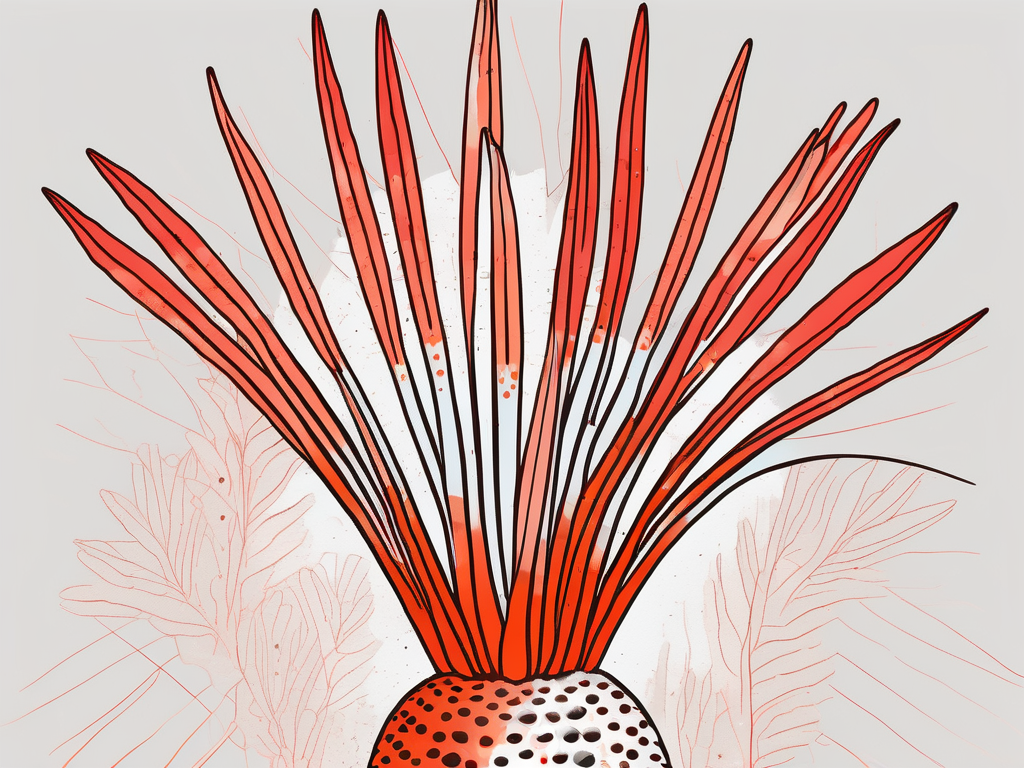
Have you ever found yourself intrigued by the unique patterns and sturdy nature of the Partridge Breast Aloe? This charming succulent is not only a delight to the eyes but also a fascinating plant with a rich botanical history. If you're curious about its scientific name and what makes this aloe so special, you're in the right place.
In this article, we'll take a closer look at the Partridge Breast Aloe, exploring everything from its intriguing scientific name to practical care tips that can help you nurture this plant in your own home. Whether you're a seasoned plant lover or just starting your green journey, there's something here for everyone.
Understanding the Scientific Name
The Partridge Breast Aloe, scientifically known as Aloe variegata, is a member of the Asphodelaceae family. Its scientific name gives us a peek into its characteristics and origins. The term "variegata" refers to the plant's striking variegated pattern, which resembles the plumage of a partridge. This fascinating feature is one of the reasons why it's so well-loved by plant people.
The use of Latin in scientific naming might seem a bit old-school, but it serves an important purpose. It provides a universal language that allows plant people and scientists around the world to communicate clearly about plant species without the confusion of common names. Think of it as a way to avoid calling the same plant by different names in different regions.
Interestingly, the Partridge Breast Aloe has been known by several other names in different cultures and languages, reflecting its widespread appeal and adaptability. While "Aloe variegata" helps maintain a standardized identification, these various names add to the rich tapestry of its history.
The Unique Features of Partridge Breast Aloe
One of the standout features of the Partridge Breast Aloe is its distinctive leaves. These leaves are fleshy, triangular, and marked with white stripes or spots, which give it a striking appearance. This patterning is not just for show; it plays a role in the plant's ability to thrive in its native environment.
The leaves of the Partridge Breast Aloe are arranged in a spiral, creating a rosette pattern. This arrangement allows the plant to maximize sunlight exposure and optimize water collection, which is crucial for survival in arid conditions. It's a clever design that nature has perfected over countless generations.
Besides its visual appeal, Aloe variegata is also known for its resilience. This succulent is drought-tolerant, making it an excellent choice for those who might forget to water their plants regularly. It's a forgiving plant that can handle a bit of neglect while still rewarding you with its beauty.
Native Habitat and Adaptations
The Partridge Breast Aloe is native to the arid regions of South Africa and Namibia. In these regions, the plant has adapted to survive in challenging conditions, including intense sunlight and limited water availability. These adaptations have made it a popular choice for indoor cultivation, where it can bring a touch of the desert into your living room.
In its natural habitat, the Partridge Breast Aloe often grows among rocks and sandy soils. This environment has influenced its physical characteristics, such as its thick leaves for water storage and its ability to absorb sunlight efficiently. These traits make it a hardy plant that can withstand a variety of growing conditions.
When cultivating Aloe variegata at home, it's essential to mimic its natural habitat as closely as possible. This means providing well-draining soil, plenty of sunlight, and infrequent watering. By understanding its origins, you can create the perfect environment for your Partridge Breast Aloe to thrive.
Choosing the Right Pot and Soil
When it comes to potting your Partridge Breast Aloe, choosing the right container and soil is key to its success. This aloe prefers a pot with drainage holes to prevent water from sitting at the bottom, which can lead to root rot. A terracotta pot is a great choice because it allows the soil to dry out more quickly compared to plastic or ceramic pots.
As for soil, the Partridge Breast Aloe does best in a well-draining mix. You can use a commercial cactus or succulent mix, or create your own by mixing equal parts of potting soil, sand, and perlite. This combination ensures that excess water drains away quickly, preventing waterlogged roots.
Repotting should be done every couple of years or when the plant outgrows its current container. Be gentle when handling the roots, and allow the plant to settle into its new home without watering it for a few days. This helps reduce transplant shock and lets it adjust to its new surroundings smoothly.
Light and Watering Needs
Like many succulents, the Partridge Breast Aloe loves sunlight. It thrives in bright, indirect light, so placing it near a south or east-facing window is ideal. If you notice the leaves starting to stretch or lose their vibrant coloring, it might be a sign that your plant isn't getting enough light.
On the other hand, too much direct sunlight can cause the leaves to scorch, especially during the hottest parts of the day. If this happens, move your aloe to a spot with filtered light or provide some shade during peak sunlight hours.
Watering your Partridge Breast Aloe is all about balance. The plant enjoys a good soak, but make sure the soil dries out completely between waterings. Overwatering is one of the most common mistakes with succulents, so it's better to err on the side of underwatering. During the growing season (spring and summer), water more frequently, but reduce watering in the fall and winter when the plant is dormant.
Fertilizing and Growth Tips
Fertilizing your Partridge Breast Aloe isn't necessary for its survival but can promote healthier growth. During the growing season, you can feed the plant with a diluted cactus or succulent fertilizer every month. Avoid over-fertilizing, as this can lead to weak growth and damage the plant.
While the Partridge Breast Aloe is a slow grower, keeping an eye on its growth pattern is essential. If you notice the plant becoming leggy or the leaves losing their vibrant color, it might be a sign that it needs more light or nutrients. Adjusting these factors can help encourage more robust growth.
Pruning isn't typically required for Aloe variegata, but you can remove any dead or damaged leaves to keep the plant looking its best. Use clean, sharp scissors or pruning shears to avoid introducing pathogens to the plant.
Dealing with Pests and Diseases
Despite its hardy nature, the Partridge Breast Aloe can occasionally fall victim to pests like mealybugs and aphids. These pesky critters can be removed by wiping the leaves with a damp cloth or spraying the plant with insecticidal soap. Regularly inspecting your plant can help catch infestations early before they become a bigger problem.
Fungal issues can also arise, often due to overwatering or poor drainage. If you notice any signs of rot or mold, it's crucial to address the problem promptly. Remove affected leaves and adjust your watering schedule to help the plant recover. Improving air circulation around the plant can also reduce the risk of fungal infections.
Keeping your Partridge Breast Aloe healthy is all about vigilance and quick action. By staying on top of potential problems, you can ensure your plant thrives and continues to be a stunning focal point in your home.
Designing with Partridge Breast Aloe
Incorporating the Partridge Breast Aloe into your home decor is a fantastic way to add a touch of nature and elegance to your space. Its unique leaves and compact size make it a versatile choice for various settings, from window sills to coffee tables.
Consider grouping your aloe with other succulents for a cohesive look. Mixing different textures and colors can create a visually appealing arrangement that showcases the beauty of each plant. You can also experiment with decorative pots or containers that complement your home's aesthetic.
For a more dramatic effect, pair your Partridge Breast Aloe with other bold plants like snake plants or rubber trees. This combination can create an eye-catching display that draws attention and adds depth to your interior design.
Propagation and Sharing Your Plant
Sharing the joy of the Partridge Breast Aloe with friends and family is easy through propagation. This plant can be propagated by removing offsets or "pups" that grow at the base of the parent plant. These pups can be gently separated and potted individually to create new plants.
When propagating, allow the offsets to dry for a day or two to prevent rot before planting them in a well-draining soil mix. Keep the new plants in a warm, bright location and water them sparingly until they establish roots.
Propagation is not only a fun way to share your love of plants, but it's also a great opportunity to learn more about plant care and develop your green thumb. Plus, who doesn't love a free plant?
Final Thoughts
The Partridge Breast Aloe is a captivating plant that offers both beauty and resilience. From its scientific name, Aloe variegata, to its practical care needs, this aloe can be a wonderful addition to any plant collection. Whether you're drawn to its unique patterns or its hardy nature, the Partridge Breast Aloe is sure to bring joy to your home.
At Cafe Planta, we're passionate about helping you care for your plants. We offer a variety of houseplants, including unique and rare finds, as well as plant care accessories and plant-themed apparel. If you have any questions about caring for your plants, feel free to email us or send us a DM on Instagram. We believe plants have the power to bring people together, and we're excited to share our love of plants with you. Happy planting!













